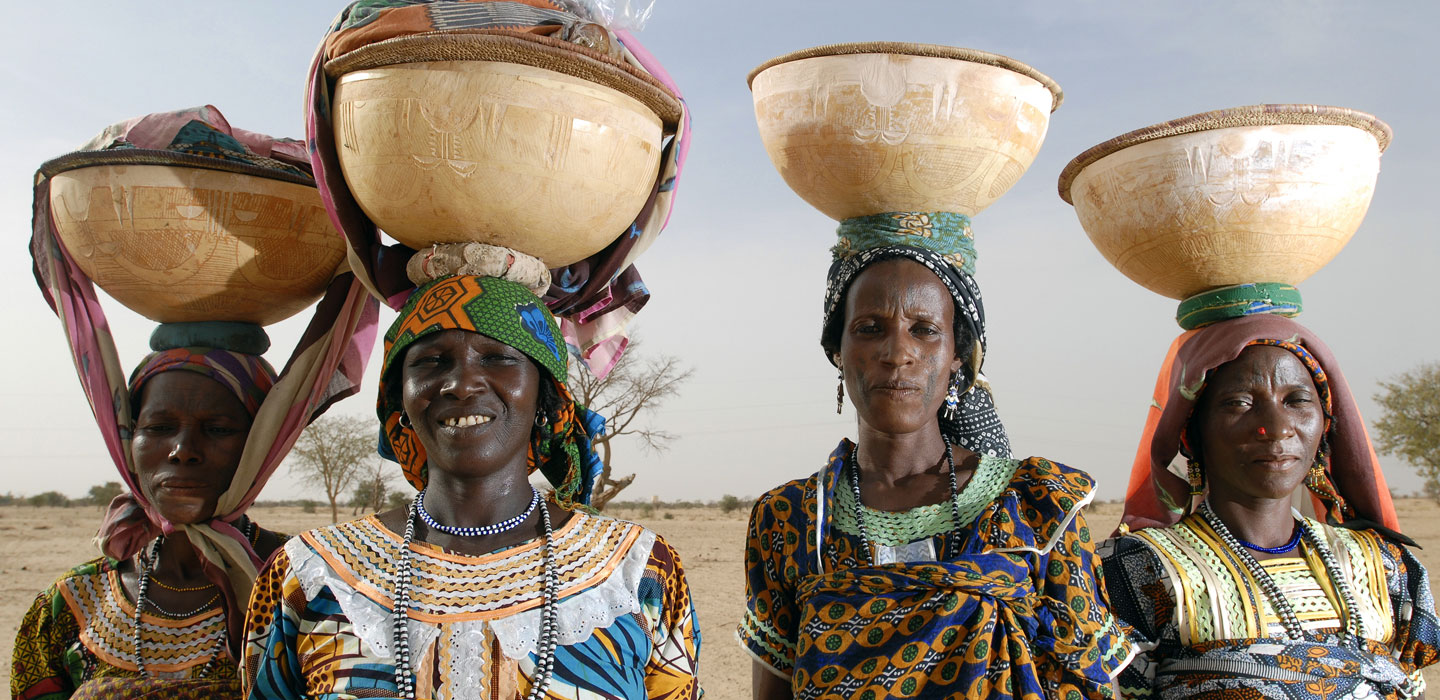Outils et directives
Outils et directives

Outils et directives
Menu Affichage
Search Results Filters
Résultats de recherche
Scaling up note: Peru
décembre 2015
Peru is an upper-middle-income country with one of the fastest-growing economies in the region. In the last decade, the country more than halved its poverty rate, which fell from 59 to 24 per cent. Reduction was uneven geographically, however. In the rural areas of the highlands and the rainforest areas, poverty still affects about 53 and 43 per cent of the population1 respectively, and particularly indigenous communities.
Scaling up note: Sudan
décembre 2015
The analysis underlying the results-based country strategic opportunities programme for the Republic of the Sudan (RB-COSOP) developed in 2013 identified major constraints on the reduction of rural poverty. These included prolonged conflicts, the separation of South Sudan (2008), reduced oil revenues for the Government of Sudan; greatly increased numbers of people and livestock reliant on static technologies; environmentally and economically unsustainable pressures on finite natural resources exacerbated by the negative impacts of climate change; and little residual capacity within the public sector, all within a problematic geopolitical environment.
Scaling up note: Bangladesh
décembre 2015
Bangladesh has recently been classified as a lower-middle-income country and aims to reach upper-middle-income country status by 2021. To achieve this, the Government of Bangladesh will need to overcome considerable challenges in agricultural development and rural economic growth. The country’s annual GDP growth averaged about 6 per cent between 2000 and 2013, and was accompanied by a decline in the national poverty rate from 48.9 per cent to 31.5 per cent over the first decade of the century, effectively lifting some 16 million people out of poverty.
Scaling up note: China
décembre 2015
In terms of population, China, with 1.35 billion people, is the largest country in the world. It is the first developing country to achieve the United Nations Millennium Development Goal (MDG) of reducing by half the number of its people living in extreme poverty and hunger, and only 6.3 per cent of the population were estimated to be living in extreme poverty in 2013. Substantial progress has been made with respect to overall development and China is now considered in the high human development category of UNDP’s Human Development Index, ranking 91 out of 187 countries.
Note sur la transposition à plus grande échelle: Mauritanie
décembre 2015
Depuis quelques années, la Mauritanie connaît la stabilité politique et les élections présidentielles de juin 2014 se sont déroulées dans un climat de paix. Par ailleurs, le pays a enregistré un solide taux de croissance de 6,7% en 2013 et reste placé sous le signe de la stabilité macroéconomique. Toutefois, la Mauritanie est exposée à des vulnérabilités, liées à un manque de diversification, à la volatilité des prix internationaux et à la dépendance à l’égard des flux de capitaux étrangers. Bien que la pays ait réussi à augmenter le revenu par habitant ces dernières années, la répartition des revenus n’a pratiquement pas changé au cours des deux dernières décennies, et le chômage reste un défi de taille. Il est essentiel de promouvoir une gestion rationnelle des ressources naturelles pour favoriser une croissance à long terme inclusive.